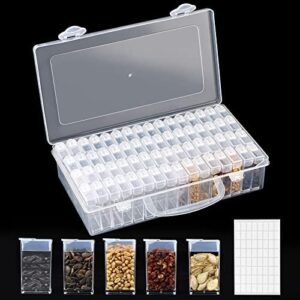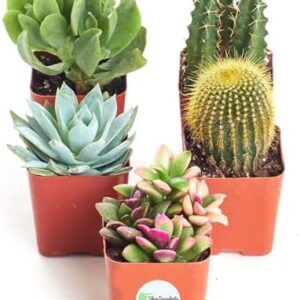In today’s fast-paced world, technology has become an essential tool in almost every aspect of our lives. From communication to transportation, technology has revolutionized the way we live and work. And the field of plant science is no exception.
In recent years, there has been a growing interest in using technology to improve crop yield and increase food production. By integrating technology into plant science research, scientists have been able to develop innovative solutions to some of the world’s most pressing agricultural challenges.
One of the key benefits of using technology in plant science is the ability to collect and analyze vast amounts of data quickly and efficiently. With the use of sensors, drones, and other high-tech tools, researchers can monitor plant growth, soil conditions, and weather patterns in real time. This data can then be used to optimize crop management practices and maximize yield.
For example, by using drones equipped with multispectral cameras, researchers can gather detailed information about crop health and nutrient levels. This data can help farmers make informed decisions about irrigation, fertilization, and pest control, ultimately leading to higher crop yields.
Another way technology is revolutionizing plant science is through the use of genetic engineering and biotechnology. Scientists can now manipulate the genetic makeup of plants to make them more resilient to environmental stress, pests, and diseases. This has the potential to revolutionize agriculture by increasing crop productivity and reducing the use of pesticides and fertilizers.
In addition to genetic engineering, advances in robotics and automation are also changing the way we grow and harvest crops. Automated systems can now plant, water, and harvest crops with precision and efficiency, reducing the need for manual labor and increasing productivity.
But perhaps the most exciting development in the intersection of technology and plant science is the growing field of artificial intelligence (AI). AI algorithms can analyze complex data sets and make predictions about crop performance, disease outbreaks, and optimal planting strategies. By harnessing the power of AI, researchers can develop more effective and sustainable agricultural practices, leading to higher crop yields and a more secure food supply.
Despite all of these advancements, there are still challenges to overcome in bridging the gap between technology and plant science. One of the biggest hurdles is the cost of implementing new technologies on a large scale. Many farmers, especially in developing countries, may not have access to the tools and resources needed to adopt cutting-edge technologies.
Another challenge is the ethical implications of genetic engineering and biotechnology. Critics argue that manipulating the genetic makeup of plants could have unintended consequences on the environment and human health. It is essential for scientists and policymakers to address these concerns and ensure that technology is used responsibly and ethically.
Overall, the integration of technology and plant science has the potential to revolutionize agriculture and increase crop yields on a global scale. By leveraging the power of sensors, drones, genetic engineering, robotics, and artificial intelligence, researchers can develop innovative solutions to improve crop productivity, reduce environmental impact, and ensure food security for future generations.
As we look towards the future, it is vital that we continue to invest in research and development in this exciting field. By working together to bridge the gap between technology and plant science, we can create a more sustainable and resilient agricultural system that will benefit farmers, consumers, and the planet as a whole.






